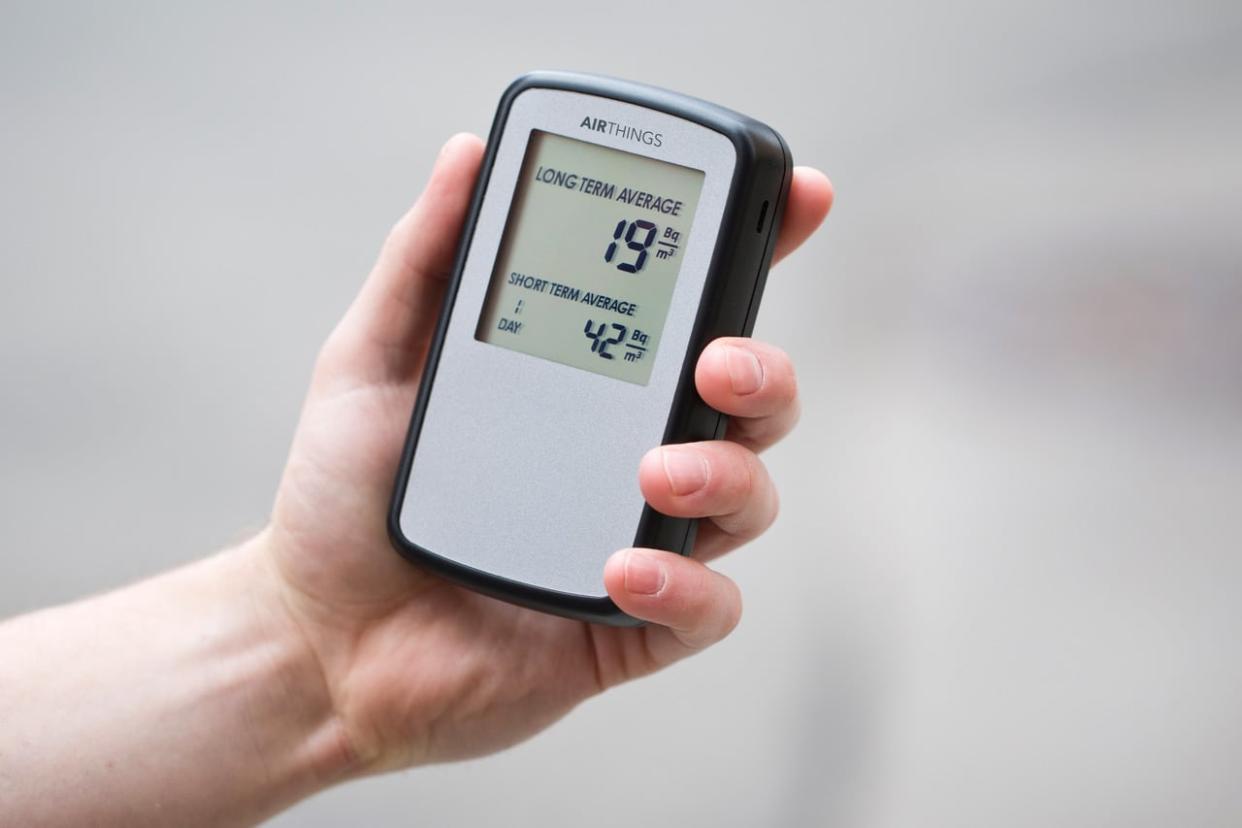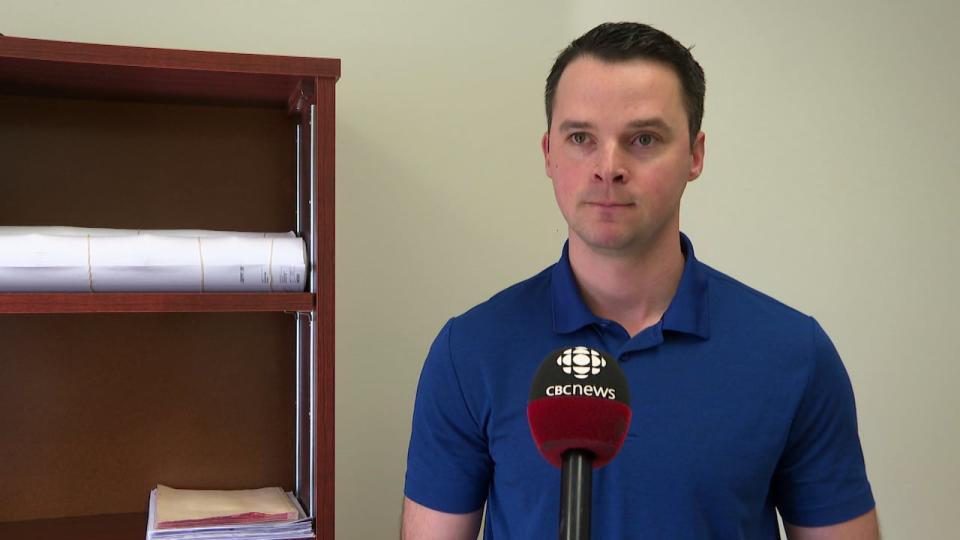Radon removal at 2 P.E.I. schools set to happen over the summer, PSB says

The Public Schools Branch is planning to remove radon from two P.E.I. schools this summer after four were found to have higher-than-normal levels of the radioactive gas.
Testing done last spring detected radon at slightly elevated levels in four schools, located in different communities: West Royalty Elementary, Kensington Intermediate Senior High, Bluefield High and Westwood Primary.
A radon mitigation system installed at West Royalty and Westwood made getting rid of the gas "fairly quick and easy," said Nathan MacLeod, director of property services for the PSB. That work wrapped up in August.
"There's a pit under the slab because radon comes from the ground. That pit had a pipe that goes through the building up to the roof, penetrates the roof and it's just a matter of putting a fan in to get rid of the radon," he said.

Nathan MacLeod, director of property services at the PSB, says work will get underway this summer to complete mitigation work at the two schools. (Sheehan Desjardins/CBC)
But Kensington Intermediate Senior High and Bluefield High were built without that system, he said. Improvements have been made to the HVAC systems in those schools to mitigate the impact of the gas until removal work begins this summer, he said.
Radon is a naturally occurring gas that comes out of the ground as uranium decays. It's not a problem when it leaks into the atmosphere but it is an issue when it gets trapped inside a structure and levels start to build up.
No building is immune to it and it doesn't affect all buildings the same — one may have a problem while a neighbouring building is clear.
Health Canada's guidelines say any radon level between 200 and 600 becquerels should be addressed within two years. Levels at the schools fell in that range.
"We were given a two-year period to mitigate those levels," said MacLeod.
According to Health Canada, long-term exposure to radon is the second leading cause of lung cancer after smoking. As well, exposure to the gas has been linked to about 16 per cent of lung cancer deaths.
I think they are doing their due diligence. - Robert MacDonald, president and CEO of LungNSPEI
Robert MacDonald, the president and CEO of LungNSPEI, says his organization is pleased to see the PSB taking steps to test for radon and address it.
"When you look at it and compare it to some of the other provinces across the country, there's still some low, low numbers when it comes to the number of schools that are being tested," MacDonald said.
"So when I look at the Island, I think they are doing their due diligence."
Schools across the province are being tested in three different groups. The latest are the results for just the first round.
The Public Schools Branch said the next batch of results should be ready by the summer while testing on the other schools will start next winter.

